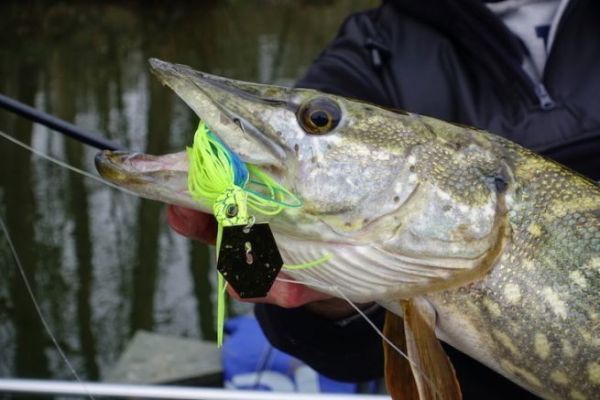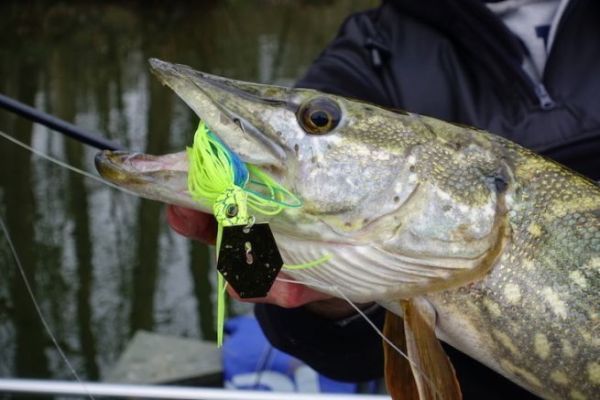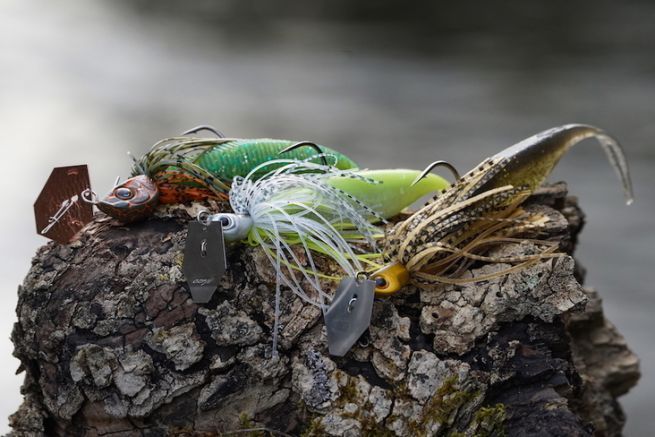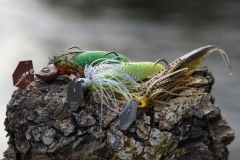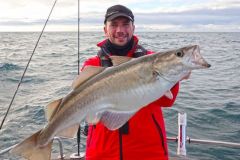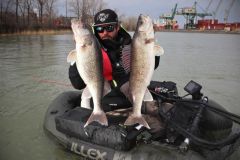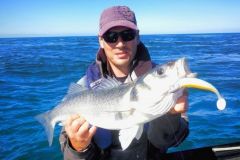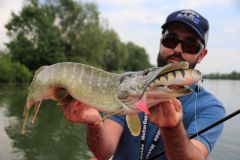A brief historical review
The Chatterbait has its roots in the USA, in an angler's garage, and became very popular on the US pro-bass circuit, after being the winning lure on several occasions. Such was Chatterbait's success that its reputation grew rapidly, eventually establishing it as a must-have lure for black-bass anglers not only in the USA, but all over the world.
Initially marketed by the Rad Lures brand in the early 2000s, its manufacture and marketing was very quickly taken over by the US Z-Man brand, which is the only one with the right to attribute the name Chatterbait to this type of lure (we refer to it as Original Chatterbait © Z-Man), renamed Blade Jig or Bladed Jig by others. That's all very well, but what is a Bladed Jig?
A blade jig
As the name suggests, a Bladed Jig is a Rubber Jig lure with a blade attached to it. Positioned at the head of the lure at an angle of about 45° (swimming action) to the lead head, the latter will come to rest on the water when retrieved and start a powerful and very vibrating vertical oscillation from right to left. This is the kind of frequency and vibratory power you'd expect from a Blade.
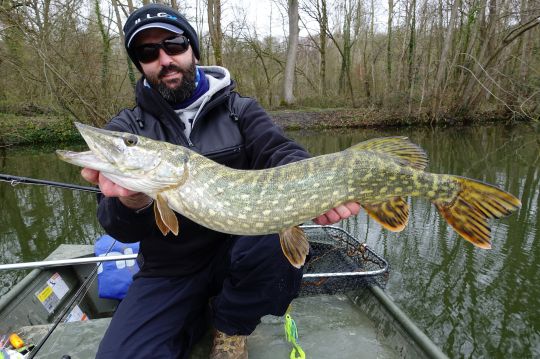
A lure for most predators
The size of the paddle in the head will obviously condition the power of the vibrations emitted. Although originally designed for black bass fishing, like many American and Japanese lures, the Bladed Jig has found applications all over the world on a wide range of predators. In France, we can cite pike, perch and catfish, on which the Bladed Jig is particularly productive, this fish being by far the most sensitive to vibrations (since it is virtually blind, it compensates by strongly developing another sense).
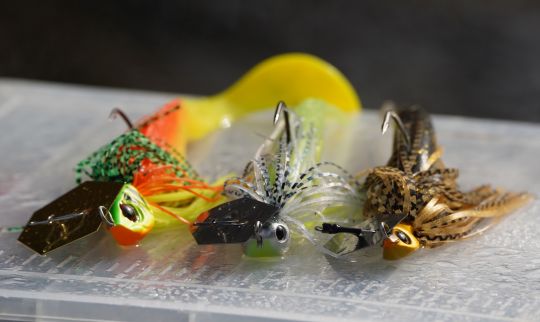
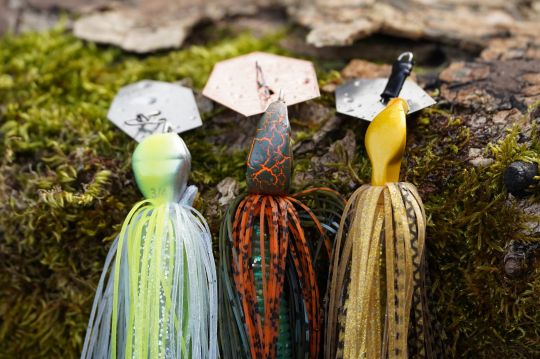
A multitude of Bladed Jigs
As with other lure families, there is no such thing as a single Bladed Jig. Each Bladed Jig will have its own characteristics to suit a specific use. Paddle size, hook size, shape and weight of the jig head and colors are just some of the variables that make each Bladed Jig unique.
For example, the flat profile of the Evergreen Jack Hammer's head makes it ideal for skipping under foliage like a Rubber Jig (I invite you to read or re-read the article dedicated to the Jack Hammer available on the Evergreen website) ICI ), while the Crazy Crusher Illex and B-Custom Deps have tapered head profiles, like a Swim Jig, making them more suitable for use in open water.
A Bladed Jig for what purpose?
Considering the power of the vibrations emitted to reinforce the Bladed Jig's presence in the water, it's a perfect lure for fast prospecting in search of active fish and/or for simply locating fish. You'll find it in your Powerfishing box alongside crankbaits, lipless, spinnerbaits and any other lure designed for this approach.
What's more, and for the same reasons, the Bladed Jig is a formidable lure when it comes to flushing out fish deep in obstacles, especially weed beds. The power of the Bladed Jig's vibrations will often provoke aggressive reactions and reflex attacks from fish previously "on standby". A reaction lure par excellence.
There are two main reasons why this aggressive lure is best used in windy conditions: 1) wind (depending on its direction) often triggers feeding activity in fish. Under these conditions, they are less vigilant and less attentive 2) powerful vibrations are a factor that helps predators locate their metal prey.
Beware of the violence of this lure, which is proportional to its extremely attractive nature.
The right cane
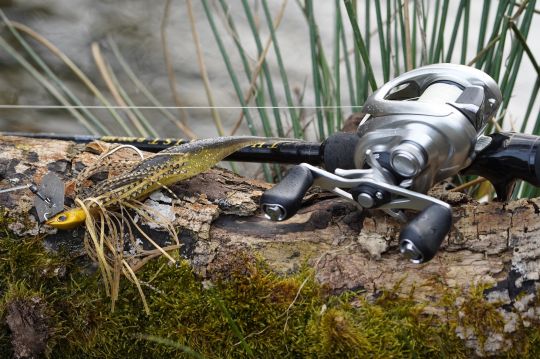
As for the equipment and especially the rod, its power will vary according to the weight of the Bladed Jig + trailer, but let's just say that rods of MH to H power will be perfectly suitable. Don't forget that despite the lure's compactness, and therefore low weight, it works wonders in congested areas, where a little extra power is always welcome.
The most important parameter is the action of the rod, which must remain supple enough to absorb some of the vibrations emitted by the Bladed Jig during the retrieve but also to act as a shock absorber when the fish attacks, thus limiting stalls.

